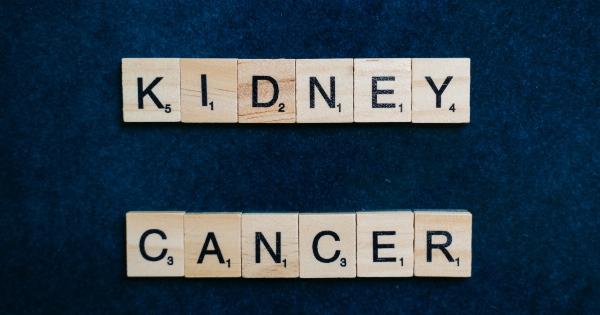Acute Lymphoblastic Leukemia (ALL) is a type of cancer that starts in the bone marrow and affects the white blood cells. It primarily affects children, but adults can also develop this condition.
ALL is characterized by an overproduction of immature white blood cells, known as lymphoblasts or leukemic blasts, which crowd out healthy blood cells, leading to various complications.
Traditional Treatment options for ALL
For many years, the standard treatment for ALL has been chemotherapy. This approach involves the use of powerful drugs to kill cancer cells and prevent them from multiplying.
In some cases, radiation therapy may also be utilized to target cancer cells in specific areas.
Chemotherapy is typically administered in cycles, with each cycle consisting of specific drugs given over a set period.
While this approach can be effective in achieving remission, it often comes with severe side effects such as nausea, hair loss, weakened immune system, and damage to healthy cells.
In recent years, scientists have been exploring new therapeutic approaches that can provide more effective outcomes while reducing the adverse side effects associated with traditional treatments.
Targeting the Genetic Mutation
One promising experimental therapy for ALL involves targeting the underlying genetic mutations that contribute to the development and progression of the disease.
Researchers have identified specific genetic alterations, such as chromosomal translocations or gene mutations, which play a crucial role in the development of ALL.
By targeting these specific genetic abnormalities, scientists hope to develop targeted therapies that can selectively kill cancer cells while sparing healthy cells.
CRISPR-Cas9: A Revolutionary Gene Editing Tool
One revolutionary technology that holds great promise for the treatment of ALL is CRISPR-Cas9. CRISPR-Cas9 is a gene editing tool that allows scientists to modify specific genes within DNA, providing a powerful toolset for treating genetic diseases.
In the context of ALL, CRISPR-Cas9 can be used to target and delete the genetic mutations responsible for the development of leukemia. By efficiently editing the DNA sequence, CRISPR-Cas9 has the potential to directly address the root cause of ALL.
Chimeric Antigen Receptor T-Cell Therapy
Another innovative approach being explored for the treatment of ALL is Chimeric Antigen Receptor T-Cell (CAR-T) therapy. CAR-T therapy involves modifying a patient’s own immune cells, specifically T cells, to recognize and attack cancer cells.
In CAR-T therapy for ALL, T cells are extracted from the patient and genetically engineered to express a receptor called the chimeric antigen receptor.
This receptor allows the T cells to specifically recognize leukemia cells and trigger their destruction.
This groundbreaking therapy has shown remarkable success in clinical trials, with significant remission rates in patients who had relapsed or were not responding to traditional treatments.
Combination Therapies
While both CRISPR-Cas9 and CAR-T therapy show great potential, researchers are also exploring the possibilities of combining these innovative approaches with existing therapies.
By combining different treatment modalities, researchers hope to enhance the effectiveness of the therapies while reducing the chances of relapse or resistance to treatment.
This multifaceted approach may lead to more comprehensive and long-lasting remissions in patients with ALL.
Ongoing Research and Future Prospects
The field of leukemia research is expanding rapidly, and new discoveries are being made regularly. Scientists are constantly uncovering the complexities of ALL and identifying novel targets for therapeutic intervention.
While experimental therapies like CRISPR-Cas9 and CAR-T therapy offer hope for the future, it’s important to note that they are still in the early stages of development.
Extensive research and clinical trials are still needed to ensure their safety, efficacy, and long-term benefits.
However, these innovative approaches represent a paradigm shift in the treatment of ALL, offering new avenues for potential cures and improved outcomes for patients.
With continued advancements in technology and increased understanding of the disease, there is genuine hope that a cure for Acute Lymphoblastic Leukemia is within reach.






















